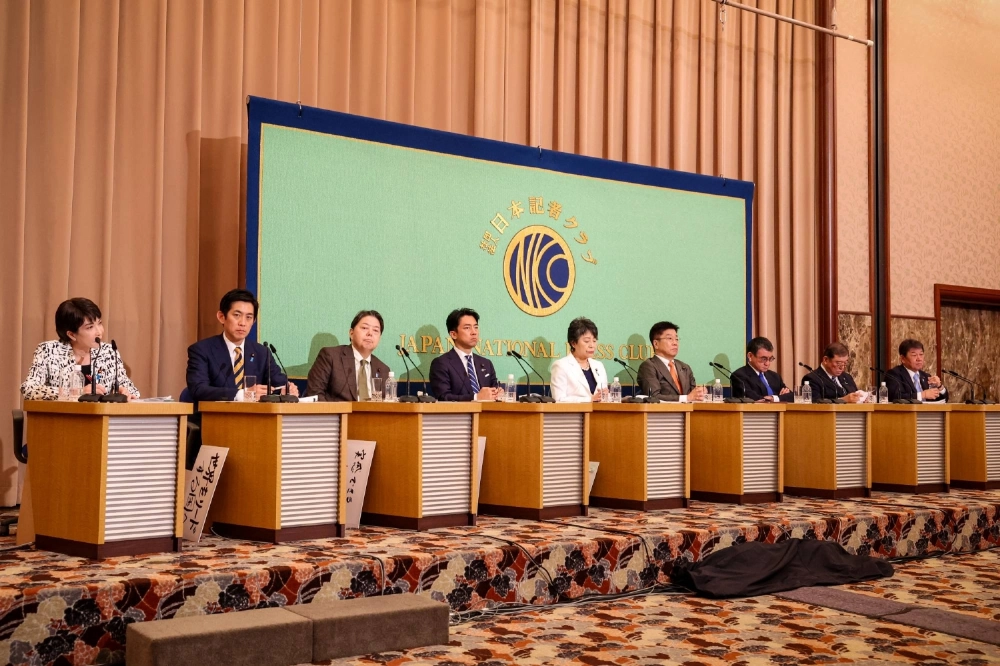The next prime minister of Japan should exhibit signs of good judgment, decisiveness, personal courage to make the tough decisions and the ability to articulate a positive but pragmatic vision for Japan.
Seen through the lens of a Japanese conservative, the next leader’s political and security priorities are clear-cut: First, keep Japan safe in the face of inevitable natural disasters and from external threats; second, employ Japanese conservative values as a unifier of the nation; and third, maintain a transparent and accountable governance system that consistently produces capable leaders who can champion Japan’s interests and ensure national unity.
As described previously, the three key elements of Japanese conservatism are to preserve Japanese identity, traditional values and customs by maintaining a shared sense of community and the family, sustain the imperial succession and confirm by constitutional amendment the role of the Self-Defense Forces in securing the nation's sovereignty.


















With your current subscription plan you can comment on stories. However, before writing your first comment, please create a display name in the Profile section of your subscriber account page.